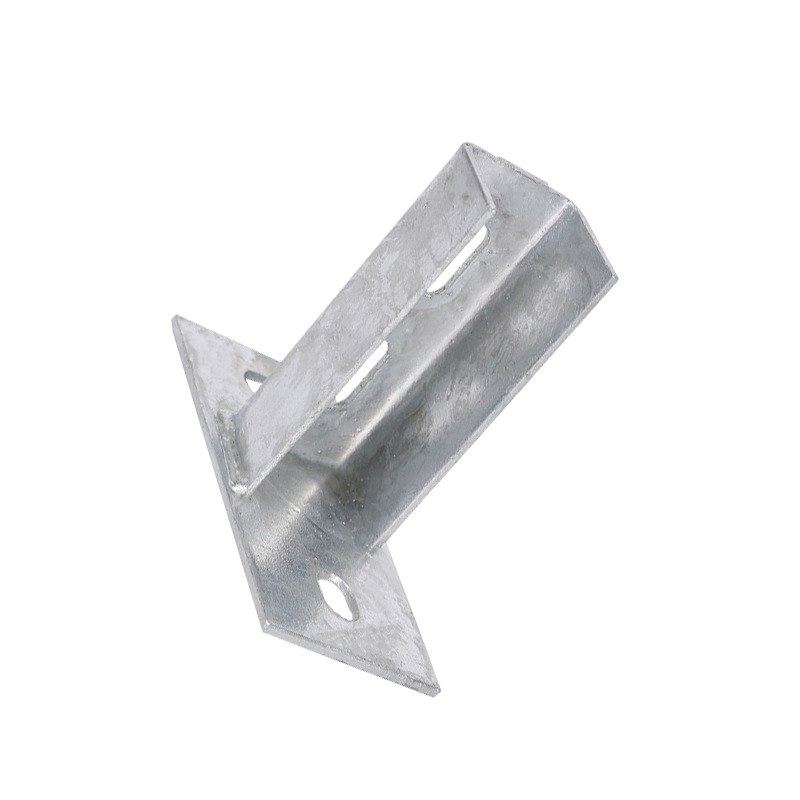

l7 stud bolts
Oct . 12, 2024 18:52 Back to list
l7 stud bolts
Understanding L7 Stud Bolts Essential Components in Modern Engineering
L7 stud bolts are specialized fasteners that play a critical role in a variety of engineering and construction applications. Made from high-strength materials, these bolts are designed to withstand extreme conditions, including high temperatures, pressures, and corrosive environments. Understanding their properties, applications, and installation methods is essential for engineers and professionals in the industry.
Composition and Properties
L7 stud bolts are typically constructed from alloy steel and are heat-treated to enhance their strength and durability. They often come with a grade designation that signifies their tensile strength, with L7 bolts being known for their high strength, making them suitable for heavy-duty applications. The “L” in L7 indicates that these bolts are designed to be used in low-temperature environments, ensuring they maintain integrity and performance even under challenging conditions.
One of the defining characteristics of L7 stud bolts is their resistance to corrosion, especially when coated or plated with materials like zinc or other protective finishes. This corrosion resistance is essential in industries such as oil and gas, petrochemical, and power generation, where exposure to harsh chemicals and operating conditions is common.
Applications
The versatility of L7 stud bolts makes them ideal for various applications, particularly in the assembly of pressure vessels, piping systems, and flanged joints. They are commonly used in drilling rigs, refineries, and power plants, where reliable fastening solutions are crucial for safety and efficiency. In these environments, an L7 bolt can provide the necessary grip and strength to prevent leaks and failures that could lead to significant downtime and safety hazards.
l7 stud bolts

Moreover, L7 stud bolts find their place in construction projects, particularly in heavy civil engineering, where structures are subjected to high stresses. Their ability to handle tension and shear forces ensures structural stability in large-scale projects.
Installation and Maintenance
Proper installation of L7 stud bolts is critical to their performance. Engineers often recommend using a torque wrench to achieve the specified torque settings, ensuring that the bolts are neither too loose nor too tight. This attention to detail helps prevent issues such as bolt failure or joint separation, which can compromise the safety of the assembly.
In addition to proper installation, regular inspection and maintenance of stud bolts are essential. Over time, bolts can experience wear and may require replacement or re-tightening. Regular monitoring can help in identifying potential issues before they escalate, ensuring the longevity and reliability of the assembly.
Conclusion
In conclusion, L7 stud bolts are integral to various industries due to their strength, durability, and resistance to harsh environments. Understanding their properties and applications is vital for professionals working in engineering, construction, and related fields. Proper installation and maintenance practices can significantly enhance their effectiveness, ensuring safety and reliability in critical applications. As technology advances, the role of such components will continue to evolve, making them indispensable in modern engineering.
Latest news
-
Hot Dip Galvanized Bolts-About LongZe|High Strength, Corrosion Resistance
NewsJul.30,2025
-
High-Strength Hot Dip Galvanized Bolts - Hebei Longze | Corrosion Resistance, Customization
NewsJul.30,2025
-
Hot Dip Galvanized Bolts-Hebei Longze|Corrosion Resistance&High Strength
NewsJul.30,2025
-
High-Strength Hot-Dip Galvanized Bolts-Hebei Longze|Corrosion Resistance&High Strength
NewsJul.30,2025
-
Hot Dip Galvanized Bolts-Hebei Longze|Corrosion Resistance&High Strength
NewsJul.30,2025
-
Hot Dip Galvanized Bolts - Hebei Longze | Corrosion Resistance, High Strength
NewsJul.30,2025

